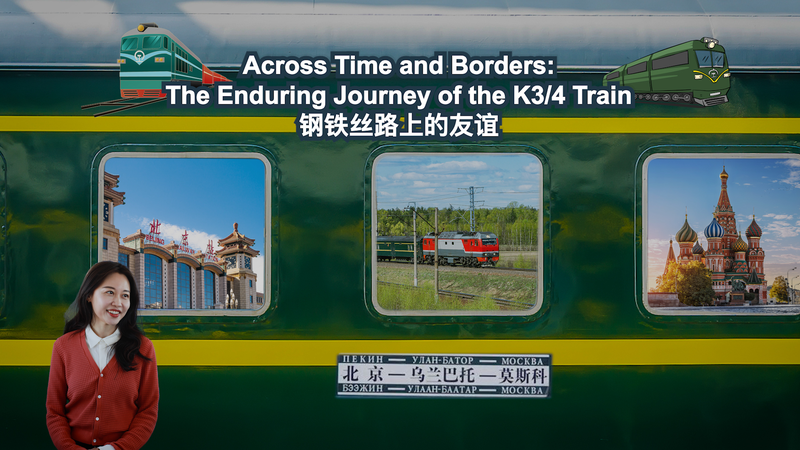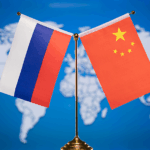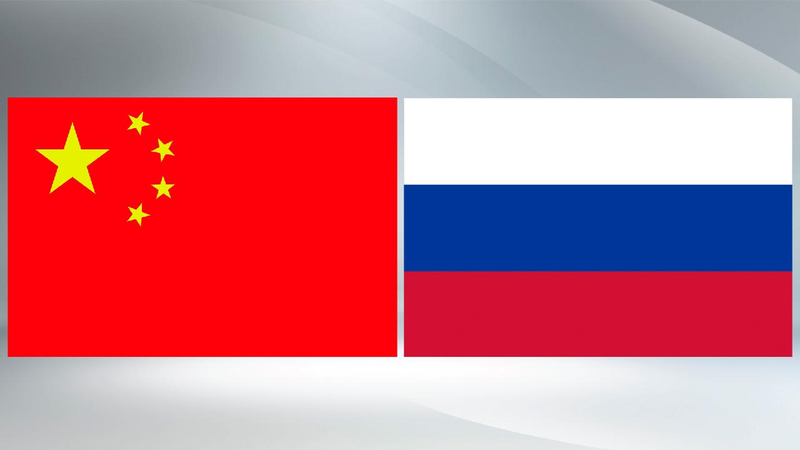For over six decades, the K3/4 international train has chugged across the vast landscapes connecting the Chinese mainland and Russia, weaving a tapestry of human stories and cultural exchange. This 7,800-kilometer journey – one of the world’s longest rail routes – transcends mere transportation, serving as a living archive of diplomatic warmth and grassroots connections between two Eurasian giants.
A Conductor’s Chronicle
Veteran conductor Wang Liwei, who has spent 30 years aboard the K3/4, recalls passengers bartering woolen scarves for Russian chocolate during the Soviet era. "We didn’t share a language, but we shared curiosity," he says. Today, his logbook documents new patterns: Russian entrepreneurs discussing timber deals with Chinese counterparts, students comparing WeChat and Telegram features, and retirees exchanging folk song lyrics.
Economic Corridor on Wheels
The train’s cargo manifests reveal shifting trade winds – from machinery parts and textiles in the 1990s to today’s e-commerce parcels and agricultural exports. Analysts note the route’s growing strategic value as China-Russia bilateral trade approaches $200 billion, with rail transport accounting for 15% of goods movement.
Cultural Caravansary
In carriage No. 6, a temporary "language café" emerges each summer as backpackers and business travelers exchange Mandarin and Russian phrases. Recent upgrades include bilingual digital displays and Urumqi-to-Moscow dining menus featuring both borscht and Lanzhou beef noodles.
As the train approaches the Mongolia-Russia border at midnight, Ukrainian pianist Anna Petrova – a regular commuter – often plays Tchaikovsky’s "Seasons" in the dining car. "Here," she smiles, "the music needs no translation."
Reference(s):
Across time and borders: The enduring journey of the K3/4 train
cgtn.com








